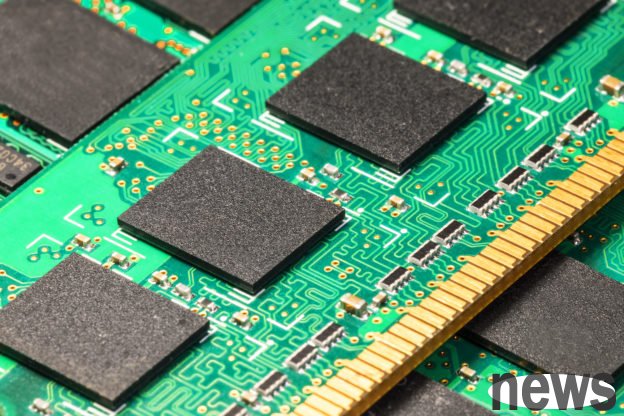
According to a TrendForce survey, the macroeconomy will remain weak in 2026, and geopolitics and inflation will continue to interfere with consumer market performance. More importantly, memory has entered a strong upward cycle, leading to an increase in the cost of the entire machine and forcing an increase in terminal pricing, thereby impacting the consumer market. Based on this, TrendForce has revised down its 2026 global smartphone and notebook production and shipment forecasts from the original annual growth of 0.1% and 1.7% to annual decreases of 2% and 2.4% respectively. In addition, if the imbalance between memory supply and demand intensifies, or if terminal selling prices increase more than expected, there is still a risk of further downward revisions to production and shipment forecasts.
DRAM gains strong momentum, with low-end smartphones bearing the bruntFrom the perspective of individual products, the increase in smartphone memory prices in 2025 will mainly be driven by DRAM. DRAM contract prices in the fourth quarter of 2025 have increased by more than 75% compared to the same period last year. It is estimated that memory accounts for about 10~15% of the BOM cost of the entire machine. In 2025, this cost has been increased by 8~10%.
As DRAM and NAND Flash contract prices continue to rise, it is estimated that the BOM cost of the complete machine next year will increase by about 5 to 7% based on this year, or even more. For low-end models that already have thin profits, brands will inevitably reduce the proportion of this product, and at the same time increase the terminal selling price for the entire series of products in order to maintain normal operations.
As the tight supply of memory continues, it becomes more difficult for smaller smartphone brands to obtain resources. It is not ruled out that the market will enter a new round of reshuffle, and the trend of the big player Evergrande will become more clear.
Shrinking supply has pushed up memory prices, and the laptop market may face dual pressures of cost and demand in 2026The laptop market will also face obvious challenges in 2026. Based on the cost structure before the memory increase this year, DRAM and NAND Flash together account for about 10% to 18% of the BOM cost of the entire laptop. With such a sharp increase for several consecutive quarters, it is estimated that the proportion of memory in the BOM cost of the entire laptop will further expand to more than 20%.
If brands choose to pass on costs, it is estimated that notebook terminal prices will generally increase by 5-15% in 2026, putting substantial pressure on demand. The low-priced laptop market is also highly sensitive to price changes, and it is expected that replacements will be delayed or people will turn to the second-hand market. Replacement momentum in the mid-price segment may slow down significantly, as both enterprise and home users tend to extend the life cycle of their devices. In addition, although the high-priced market is relatively resilient, creators and e-sports users with limited budgets may still adjust to lower-end configurations.
Taken together, the continued rise in memory prices will cause the laptop market to face triple challenges in 2026, including rising BOM costs, expanding channel pressure, and weak demand. Brands need to strike a balance between specification adjustments, inventory operations, and channel subsidies to reduce the impact on sales and gross profits.
As for monitors, which can be regarded as peripheral extensions of PCs, most of the memories they carry are small-capacity memories, so they will have limited impact from direct price increases. The hidden concern comes from the indirect impact. If PC retail prices increase significantly and lead to a downward revision of overall shipments, it will also affect the performance of monitor shipments. Therefore, annual monitor shipments will shift from a slight increase of 0.1% to an annual decrease of 0.4%.